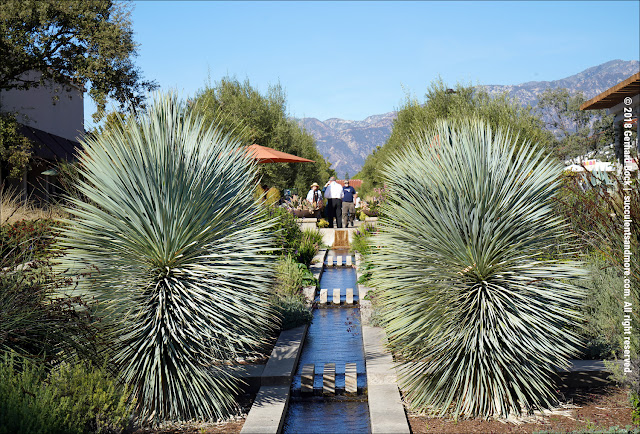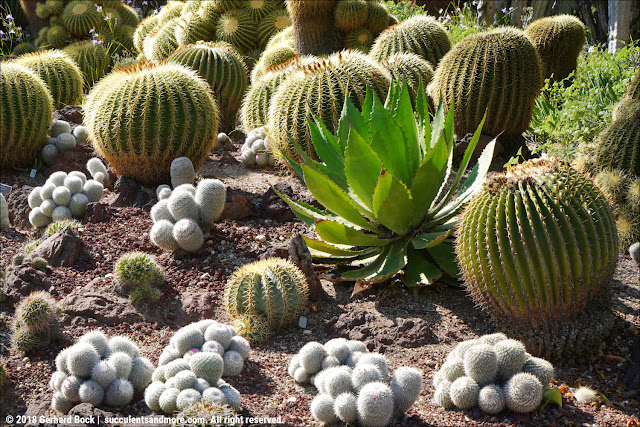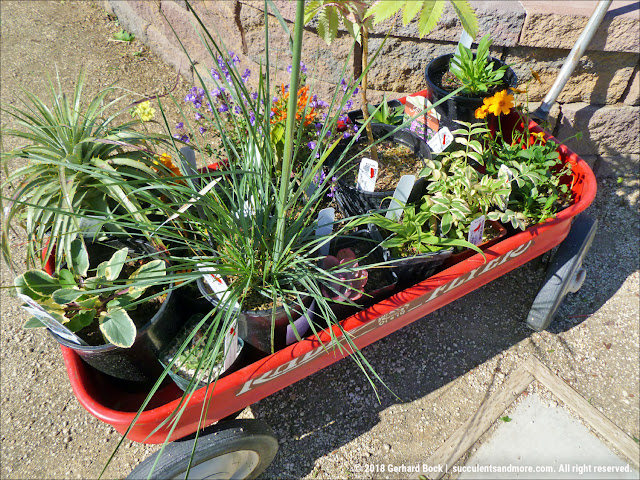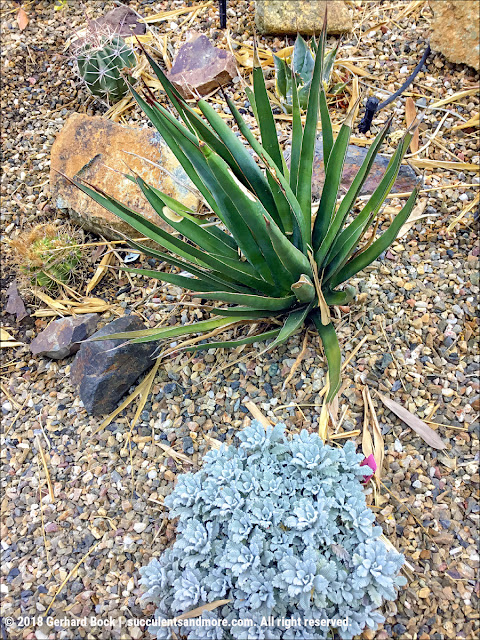John Miller's Oakland aloe garden (Institute for Aloe Studies)

In July I blogged about the plants I'd mail-ordered from the Institute for Aloe Studies (IAS) in Oakland. I was blown away (and still am) by their huge selection of uncommon aloe species and their very reasonable prices. Some of the IAS plants are grown in a greenhouse on the grounds of the Oakland Zoo, others at the private garden of IAS president John Miller. A few weekends ago, I finally had the opportunity to visit John's garden together with three other aloe enthusiasts, John B, Justin T and Brian P. The experience was mind-blowing and overwhelming—actually, it was very similar to way I often feel a really great museum. As it turns out, John Miller has one of the largest collections of aloes in the country. My partners-in-crime were giving him a good-natured ribbing: Where are you now in the top 3? Number 2? Haven't made it to the top yet? Plant nerds like teasing each other. Aloidendron dichotomum dressed up for Christmas To find out more about the histor...














































